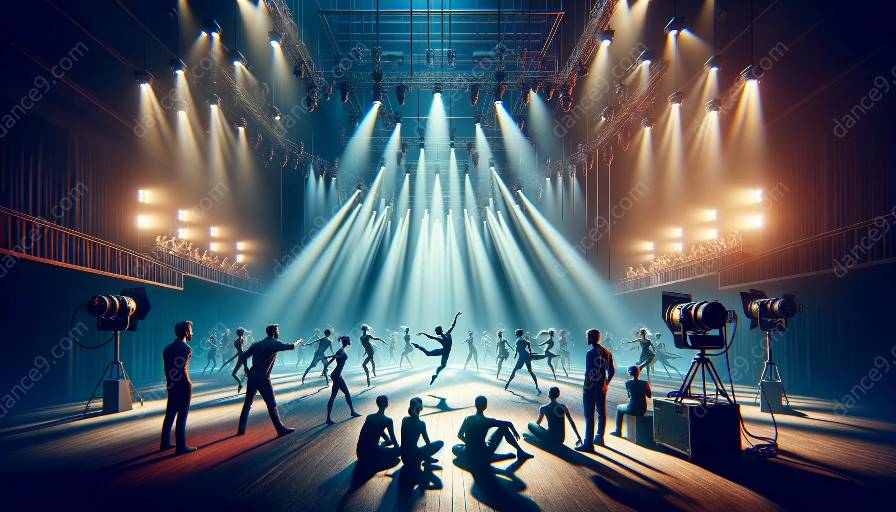Choreography and lighting play integral roles in the creation of a captivating and impactful dance performance. Both elements require a deep understanding of artistic expression, technical skill, and physical and emotional demand. In this in-depth exploration, we will delve into the physical and emotional demands of choreography and lighting, discussing techniques and their compatibility with the art of choreography.
Understanding the Physical Demands of Choreography
Choreography involves the design and arrangement of dance movements and sequences. It is a physically demanding art form that requires strength, flexibility, and endurance. Choreographers must possess exceptional physical capabilities to execute, demonstrate, and teach dance movements effectively. They need to embody the movements they create, which often demands peak physical conditioning and a deep understanding of the body's mechanics.
Physical Training and Technique
To meet the physical demands of choreography, dancers and choreographers engage in rigorous physical training and technique development. This includes a focus on flexibility, strength, balance, and agility. Additionally, dancers and choreographers often practice various movement styles and dance genres to expand their physical capabilities and artistic versatility.
Embracing the Emotional Demands of Choreography
Emotions and energy are fundamental components of choreography. Choreographers must possess a profound emotional intelligence and sensitivity to infuse their dances with intention, narrative, and emotional depth. This requires a deep connection to their art form and an ability to tap into and convey a wide range of emotions through movement. Choreographers often face emotional challenges as they navigate the intricacies of storytelling through dance and create authentic, evocative performances.
Expressive Artistry and Communication
Successfully interpreting and conveying emotions through choreography involves continuous work on expressive artistry and communication. Choreographers must continually explore various artistic and emotional perspectives, refining their ability to convey compelling narratives and evoke powerful emotions through movement.
Importance of Lighting in Enhancing Choreography
Lighting serves as a crucial partner to choreography, enhancing the visual impact and emotional resonance of dance performances. It provides the visual context, atmosphere, and focus that support and elevate the choreographer's artistic vision. When choreography and lighting are thoughtfully harmonized, they create a multidimensional experience for the audience, amplifying the emotional and narrative elements of the dance.
Techniques for Lighting in Choreography
Lighting designers employ various techniques to complement and accentuate choreography. This includes controlling the intensity, color, and direction of light to highlight specific movements, moments, or emotions. Dynamic lighting changes can also create visual rhythms and patterns that synchronize with the dance, amplifying its impact and engaging the audience on a deeper level.
Compatibility of Lighting Techniques with Choreography
The art of choreography and the techniques of lighting are inherently compatible, as they both seek to evoke emotion, capture moments, and tell stories through visual and kinetic expression. When choreographers collaborate closely with lighting designers, they can create seamless, synchronized experiences that elevate the emotional and visual impact of the performance.
Collaborative Artistry and Creative Synergy
Effective collaboration between choreographers and lighting designers involves a deep understanding of each other's artistic visions and a willingness to innovate and explore new creative possibilities. By leveraging each other's expertise and perspectives, choreographers and lighting designers can craft cohesive, evocative performances that leave a lasting impression on audiences.
In conclusion, the physical and emotional demands of choreography and lighting are interconnected, demanding a harmonious blend of physical prowess, emotional depth, technical artistry, and collaborative creativity. Through a deep exploration of these demands, practitioners of choreography and lighting can continue to elevate the art form and create memorable, emotionally resonant dance experiences.






































